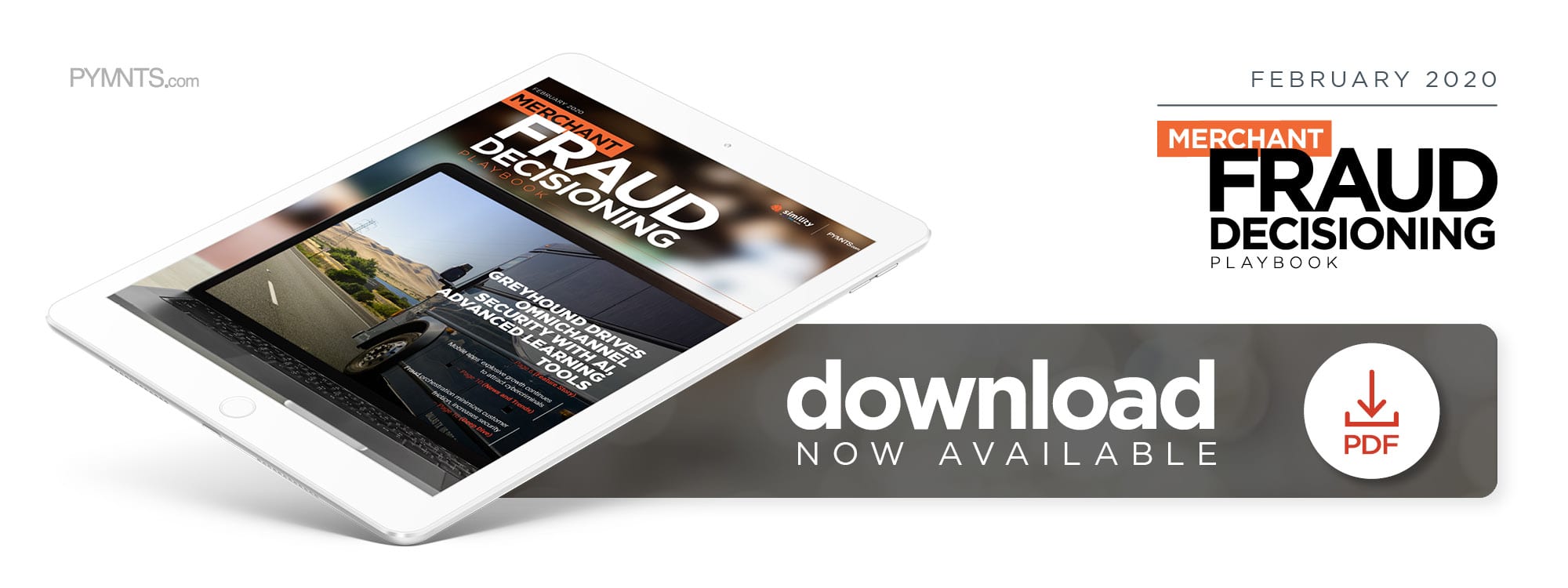Deep Dive: Orchestrating Complex Authentication And Fraud Decisioning

Banks are increasingly embracing new channels to offer seamless omnichannel services to their customers, but doing so often creates silos that handle large amounts of collected data. This creates new security challenges as firms must learn to centrally manage their fraud protection methods while also gauging threats across many different channels.
Fraud orchestration can help solve this issue as it allows banks to build holistic fraud prevention defense systems and gain 360-degree views of their customers. It can also help financial institutions (FIs) assess data from multiple channels, create seamless connections and enable them to make complex authentication decisions and detect fraud in real time.
Omnichannel Fraud Protection
FIs and PSPs in Europe are particularly interested in robust fraud-busting technologies for SCA compliance, which is mandated under PSD2. Requiring multifactor authentication (MFA) could add frictions to companies’ payment systems and customer experiences, but such tools are necessary to enable smart authentication and compliance decisions. Machine learning models, which cause minimal payment frictions and optimal fraud protections, could be deployed to effectively orchestrate complex authentication decisions as fraud becomes more sophisticated.
eCommerce fraud losses, including those experienced by banking services, are projected to reach $48 billion annually by 2023, with synthetic identity theft representing a major source of loss for FIs. Such schemes see scammers piecing together consumers’ personal details, such as Social Security numbers and birth dates, to create false identities that can be used for fraudulent purposes. Estimates suggest that synthetic identity theft is responsible for approximately 80 percent of the banking industry’s credit card losses.
Fraud orchestration combats these scams by preventing personal data from being siloed, instead transferring it from one channel to the next. This strong data connectivity reduces false positives and is agile enough to thwart attacks before they happen, which is good news for FIs: Recent research showed that more than half of 43 surveyed banks recovered less than 25 percent of their fraud losses.
Banks Bet On Digital Banking
Banks that are expanding their services across multiple channels to accommodate customers’ desires for speed and convenience may also see new opportunities to drive revenue. One report found that customers who use at least three channels provide double the revenue of those who use just one.
Mobile channels are becoming increasingly important revenue sources for FIs around the globe as more consumers use such devices to complete transactions. A recent survey found that banks that were able to shift their in-branch transactions to digital channels saw their digital sales volumes increase 26 percent. It also reported that more than 25 North American banks saw digital sales representing approximately 10 percent of all their product sales. Banks that earn consumers’ trust by securing their mobile data and transactions will likely see plenty of growth, as 40 percent of U.S. consumers now use mobile banking. Fraud orchestration will be key for these FIs given that 93 percent of such attempted transactions were flagged as fraudulent, however.
Tracking The Payment Journey
POPs are important to omnichannel fraud detection because they enable banks to track payments’ journeys from processing to clearing to reconciliation. POPs can also help FIs improve customers’ experiences by creating smooth, secure payment systems and interfacing with multiple payment gateways — such as foreign exchange and tax engines — to reconcile transactions at checkout in real time.
If fraud orchestration platforms work as they should, they will not only fight digital crime, but also generate revenue and enhance customer relationships — which would be a boon to both banks and their clients.

